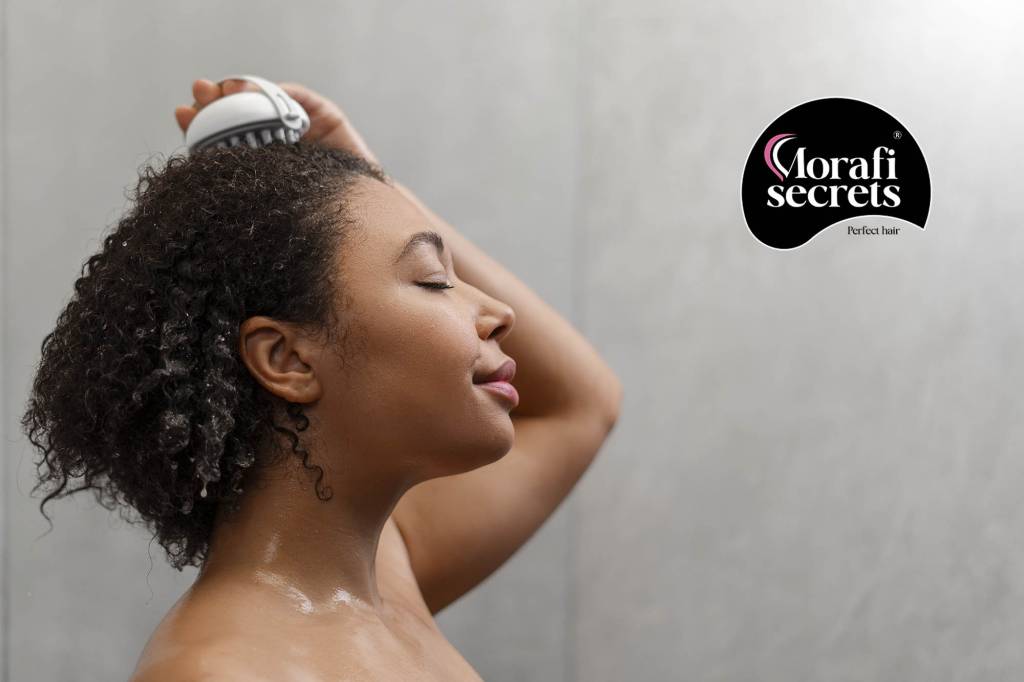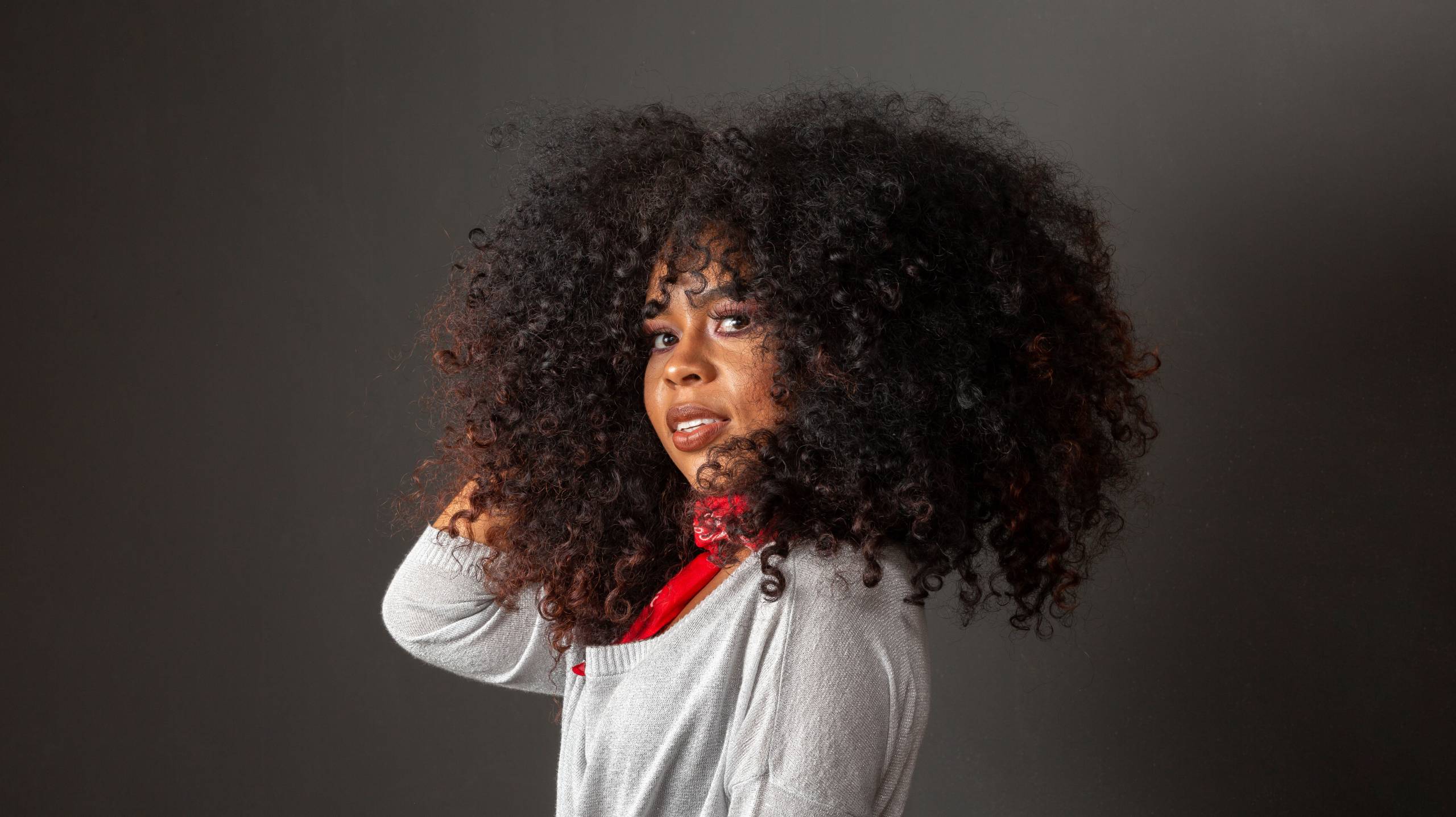Proper Hair Combing: Essential Tips for Healthy, Tangle-Free Hair
Combing your hair may seem like a straightforward task, but doing it correctly can actually make a big difference in hair health, appearance, and manageability. Improper combing can lead to breakage, frizz, and even hair loss over time. Here’s a guide on the best techniques and tools for proper hair combing.

1. Start with the Right Tools
The type of comb or brush you use depends on your hair texture and condition. Choosing the right tool minimizes pulling and breakage, making it easier to detangle hair gently.
- Wide-Tooth Comb: Ideal for detangling wet hair without causing damage. Perfect for curly, thick, or textured hair.
- Detangling Brush: These brushes often have flexible bristles, which reduce tension and are excellent for both wet and dry hair.
- Fine-Tooth Comb: Best for styling, parting, or smoothening hair, but should be avoided for detangling.
- Boar Bristle Brush: Great for distributing natural oils from the scalp to the ends, promoting healthy shine.
2. Detangle with Care
Detangling is an essential step, especially for longer or textured hair. Gentle detangling helps reduce split ends and breakage.
- Start from the Bottom: Begin by combing the ends of your hair, then gradually work your way up. This prevents pulling knots down and minimizes tension on the scalp.
- Use Your Fingers First: For severely tangled or curly hair, gently separate knots with your fingers before using a comb.
- Divide and Conquer: Separate hair into sections, especially if it’s thick or long, and work on one section at a time for easier and more effective detangling.
3. Comb Wet Hair with Caution
Hair is more vulnerable to breakage when wet, so extra care is needed.
- Apply Conditioner: Use a leave-in or rinse-out conditioner to provide slip and reduce friction.
- Wide-Tooth Comb Only: Avoid using fine-tooth combs on wet hair. Use a wide-tooth comb or detangling brush designed for wet hair to minimize damage.
- Be Gentle: Avoid tugging and pulling; instead, gently glide the comb through sections to detangle.
4. Establish a Routine for Dry Hair
Combing dry hair can reduce frizz, promote shine, and improve scalp health, but it’s essential to use the right techniques.
- Brush Before Bed: Brushing your hair before going to bed distributes natural oils along the hair shaft, which helps keep it moisturized and reduces morning tangles.
- Use a Boar Bristle Brush: These brushes help spread oils from the scalp to the ends, making hair softer and more manageable.
- Avoid Over-Combing: Excessive combing can lead to breakage and frizz, especially for curly or textured hair. Stick to 1-2 times a day unless you’re restyling.
5. Be Mindful of the Scalp
Scalp health is a vital part of hair health. Proper combing stimulates the scalp, increases circulation, and helps distribute natural oils.
- Massage the Scalp: While combing, gently press the comb against your scalp to stimulate blood flow. This helps improve hair growth and keeps your scalp healthy.
- Avoid Excessive Pressure: Too much pressure or pulling can damage hair follicles. Be gentle, especially around the hairline and crown, where hair is often finer.
6. Prevent Frizz and Static
Frizz and static can make combing difficult and lead to breakage.
- Use a Leave-In Conditioner or Serum: A lightweight leave-in or serum can add moisture and prevent flyaways, making hair easier to comb.
- Choose the Right Comb Material: Wooden combs or combs with anti-static properties help reduce static and frizz, particularly useful in colder, drier climates.
- Avoid Plastic Brushes: Plastic brushes tend to create more static; opt for brushes with natural bristles or anti-static coatings instead.
7. Special Care for Curly and Textured Hair
Curly and textured hair requires special handling to preserve its natural pattern and reduce breakage.
- Only Comb When Damp or Wet: Curly hair should be combed only when damp or wet, as combing dry curls can disrupt the curl pattern and cause frizz.
- Use a Leave-In Conditioner: Apply a leave-in conditioner or curl cream to damp hair for extra slip, making it easier to detangle without damaging curls.
- Finger Comb First: Start by gently separating curls with your fingers, then use a wide-tooth comb if needed. This minimizes breakage and maintains curl definition.
8. Best Practices for All Hair Types
Incorporating these simple practices into your hair care routine will help keep your hair looking and feeling its best.
- Clean Your Comb Regularly: Buildup from hair products and natural oils can transfer back onto your hair, so clean your combs and brushes every week with warm, soapy water.
- Avoid Tight Hairstyles Immediately After Combing: After detangling, give your scalp and hair a break before putting it into a tight style to reduce stress on the hair and roots.
- Hydrate and Condition: Well-moisturized hair is less likely to tangle and break. Deep conditioning and regular use of leave-ins help make combing easier and reduce damage.
Conclusion
Proper combing is a simple yet effective way to maintain healthy hair, no matter your hair type. Using the right tools, handling hair gently, and following best practices can keep your hair looking smooth, strong, and shiny. Start by selecting the right comb, detangle carefully, and remember that your scalp health is just as important as your hair health. With mindful combing techniques, you can enjoy tangle-free, healthy hair every day.

